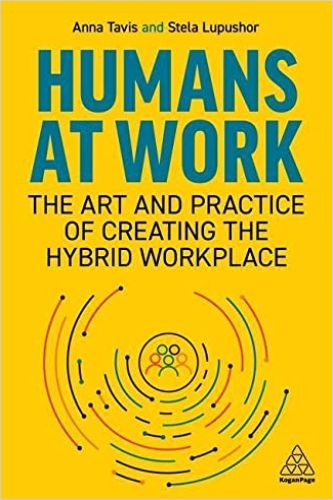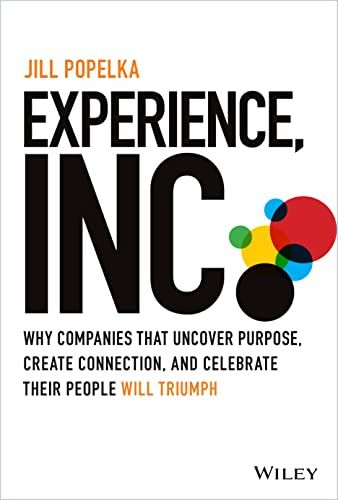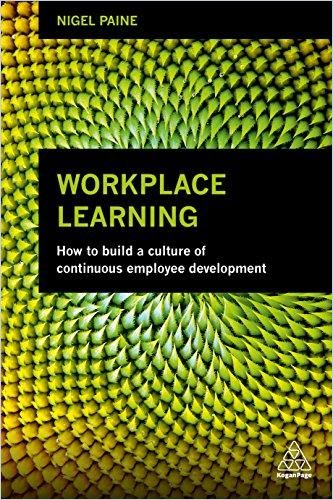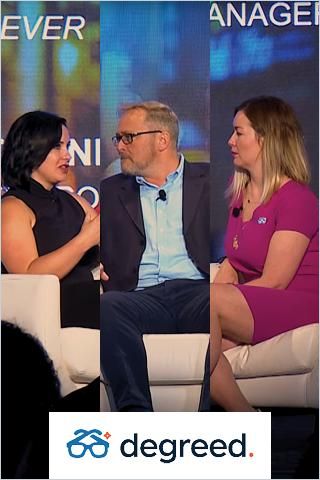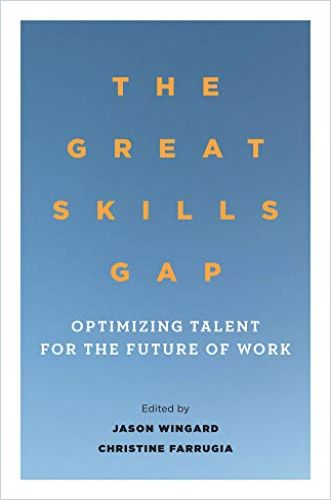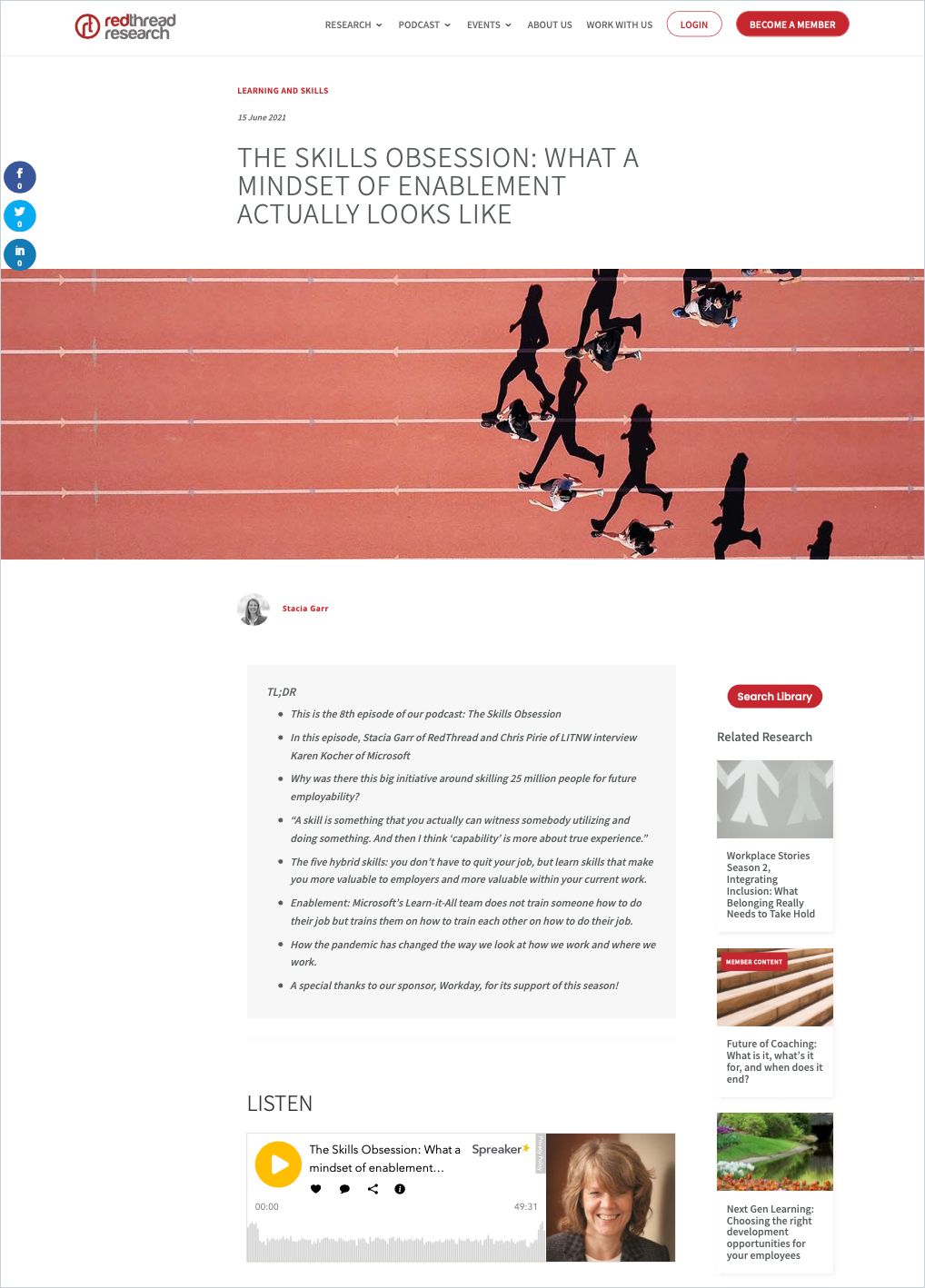How to Analyze and Address Skills Gaps

When it comes to dealing with skills in companies, many HR offices continue to remain deafeningly silent. The management of the current turnover is “too dramatic,” the demands for more workforce support “too demanding,” and setting up the subsequent training sessions is “very time-consuming.”
Undeniably, there is much work to be done. But a first step towards avoiding many of these current tasks in the future is to discuss existing capabilities instead of the after-effects of long-ignored lacking ones. Or, as SHRM put it in late 2022, “conducting a skills gap analysis can help ensure the organization is ready for whatever changes and challenges lie ahead.”
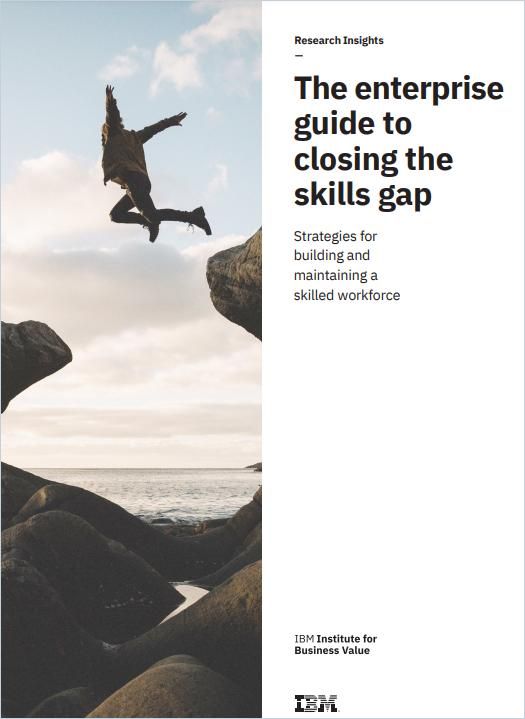
Indeed, only by knowing capabilities can you evaluate and analyze them and then plan steps to increase workforce satisfaction (reducing turnover), make employees more self-reliant and confident (leading to fewer support requests), and improve their performance readiness (which directly translates into your organization’s competitiveness). That’s why your organization should discuss skills first instead of discussing jobs and roles. Here’s how to identify existing skills, analyze them, spot the gaps, and close them.
How to Conduct a Skills Gap Analysis
1. Talk
In Deloitte’s latest Global Human Capital Trends survey, “53 percent of respondents said that between half and all of their workforce will need to change their skills and capabilities in the next three years.” At the same time,
Fifty-nine percent said they need additional information to understand the readiness of their workforce to meet new demands, and 38 percent said that identifying workforce development needs and priorities is their greatest barrier to workforce development.
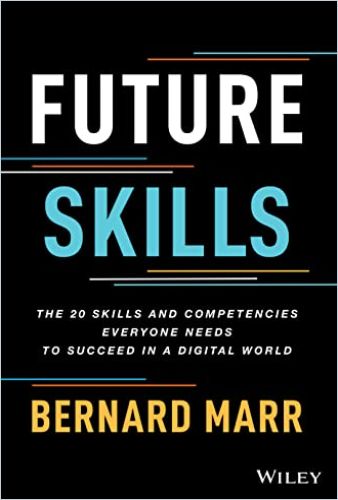
To take stock of your company’s capabilities, start by breaking ground, and use a few weeks of internal communication to talk more about skills and how to nurture them. Suppose that doesn’t happen, and the following analysis through insightful interviews and feedback comes rather unexpectedly. In that case, many employees will think this is just an exercise in uncovering their weaknesses – and then getting rid of them by pointing them out.
After that, you should take action and decide, depending on your workforce and organization, whether you want to analyze
- each individual, or prefer to discover the bundled skills in
- groups (managers, creative workers, or similar),
- departments (often starting in the HR department is not only particularly important but also an excellent signal to the outside world), or
- teams (when it comes to specific goals, such as giving your salespeople more digital training).
Both have advantages and disadvantages: If your goal is to get an overview of individual employees to evaluate how they could be leveraged, you should choose the first option. It costs more effort and time, but the results are more detailed, can lead to individual “scorecards,” and can subsequently be aggregated among teams. The other variants are somewhat more superficial but can quickly lead to results by giving a good overview of “emergencies” or enabling synergies with other employee groups.
Take-Aways
- To strategically develop an organization through its people, HR departments should stop thinking about jobs and their descriptions and instead create a skills inventory.
- To identify internal capabilities, consult departments, teams, and individual employees and evaluate their development. More detailed surveys allow for a more targeted response.
- By setting the right course, an internal talent marketplace can make employees’ job paths more transparent, ensure lower turnover and increase productivity.
2. Ask
Now it’s a matter of figuring out what you want to know: What your people can, can’t, and should be able to do. To avoid leaving out any critical information, you should ask them as much, as specifically (and as openly) as possible. It may well be that you have a completely wrong idea of what people think they can do, can’t do – or should be able to do.
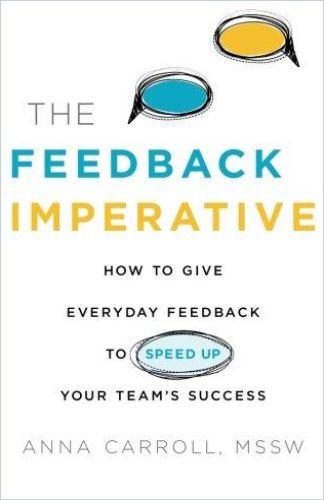
It is a good idea to discuss the following questions with the executive staff first:
- What skills do you think you have?
- What skills do you think your team or department has?
- What skills were reported or identified as crucial or missing to you within the last months?
- What skills do you and your team frequently use, which tend to be somewhat untapped?
- What skills does the company need to remain competitive in the following years?
- What skills are currently on the rise in our industry?
- What skills are most valued by the company?
- What skills might be obsolete (in a specific place) if you implement a new technological tool?
- What new technologies are you unable to effectively use due to missing skills?
- What job roles do not currently exist yet but may improve our setup?
When compiling the results, distinguish by skill categories – like communication skills (verbal, written), technical skills (using, creating, etc.), creativity, analytical skills, etc. For small companies, an Excel spreadsheet is sufficient. Medium and enormous companies may consider using a much more scalable and customizable skills management system. Some are packed with insights and integrate well into workflows, even keeping an eye on goals semi-automatically, but they are not free either.
3. Ask Again
You have named a set of skills (existing, missing). In a consolidating debriefing with the interviewed group, you should now find out how the leaders rate themselves and their teams on a predefined scale (usually a 1-5 point system – one: poor, five: very good – is sufficient for self-assessment) for each skill.
If you have a data scientist in-house, have them look over it – usually, they have excellent ideas on how to get more (valuable) out of all kinds of data sets before you gather much more.
These results already allow initial conclusions to be drawn about skills gaps (at this level) and necessary steps for remediation. It is vital to have an organization-wide – and overall generic – skillset that allows further differentiation. IT teams will need to operate and maintain individual specialized applications that other groups do not use. Still, elsewhere people must be able to conduct better customer conversations or turn specific market insights into product changes more quickly.
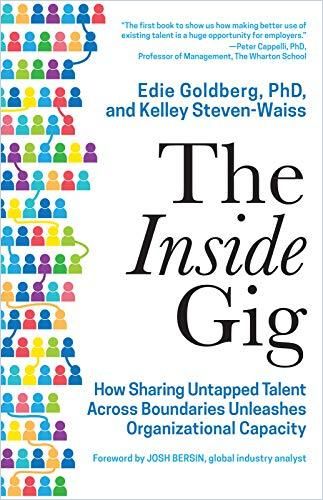
Make sure that you already identify opportunities here concerning your goals to make potential interfaces in companies usable across teams. For example, suppose specific applications have only been used in one department. In that case, it may be helpful to make them available to others as well – and in the next step, evaluate both teams regarding their preparedness to use them.
4. Ask Better
Now you can start with the survey of your employees if you want to dig deeper. Prepare them to be interviewed early enough that your declared goal is to improve their situation in the company, to train them further and to use their talent more meaningfully. Giving everyone involved the necessary time before and during the interview is essential to allow individual employees, teams and departments to have their say reflectively.
Many people need to prepare for such an interview, so don’t ambush them – and make it clear that the statements made will only be used in this context, and if they concern other colleagues, will only be used anonymously.
Create a separate area for these cases in each specific assessment of the affected person, and do not give anyone access to it (not even your best friend, the involved team leader). Trust is paramount in such interviews.
In collaboration with the specific department executives, you should define sub-objectives of your survey – asking for particular knowledge and skills – but always remember to keep them comparable in the overall pots defined beforehand so that they are as comprehensive as possible. You can now ask each employee the questions you requested from the management personnel above – in a slightly modified form if necessary, and, if desired, weighing with an assessment on the predefined scale.
In a personal interview, however, ensure that the friendly atmosphere also includes an evaluation of the managers who have already been interviewed.
You should add the following questions:
- Where in the company may your knowledge or skills be applied additionally?
- Which of your skills were needed more/less in period X?
- Which skills would you like to develop?
- How could HR (or other departments and people) help build your skills?
- How do you rate your supervisor in skill area X?
- Where can your supervisor help you to make better use of your skills?
- Where is your manager overburdened?
5. Ask Regularly and In Different Contexts
Now compile the collected data and ensure that assessments are recorded separately according to self-assessments and reviews by others. Also, be aware of the fact that both can be biased. To correct these false estimates to a certain extent, you should tap into the following conversations (and, at best, make them comparable), which continue independently of your survey:
- Performance and Year-End Reviews (if 360-degree feedback is obtained here, this is particularly valuable).
- Feedback from colleagues
- Feedback from customers
- Feedback from other stakeholders
- Other surveys conducted on an irregular basis
- Conducting outside research on similar positions, teams or departments can also help.
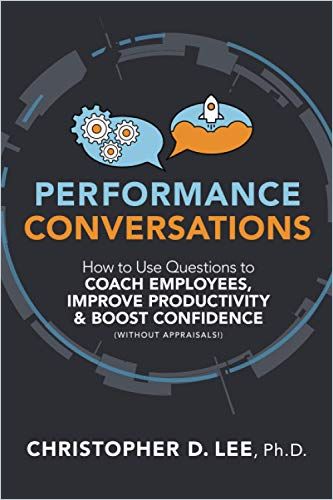
It will take time to file the data obtained and then draw initial conclusions correctly. Where huge differences in self-perception and perception by others exist, or where previously undiscovered pain points have been repeatedly pointed out, the need for action can be read off directly, if necessary, after further consultations to determine the reason. Yet, the survey only plays out its power after it has been carried out several times and the results have been compared.
It is advisable to repeat the survey annually to measure whether the situation has changed due to training measures or organizational changes initiated in the meantime.
How to Take Action Based On the Results
Filling in the blanks is a very individual and organization-dependent task, and there is no one solution for everything at this point. But there are a few general rules and suggestions to help.
1. Significant, Ubiquitous Gaps
First, match the feedback from all sides with the initial executive survey on the skills goal.
If it turned out that digital literacy is one of the most important assets for your company’s future, but no team or employee feels digitally literate, it’s high time to change that.
The same goes for any other insights you gain at a higher level that impact your success: The bigger the gaps, the more serious the problem, and the more urgent and costly the solution usually is. Nevertheless, as a rule of thumb, you should always address significant, ubiquitous gaps first and as broadly as possible and then get down to the details.
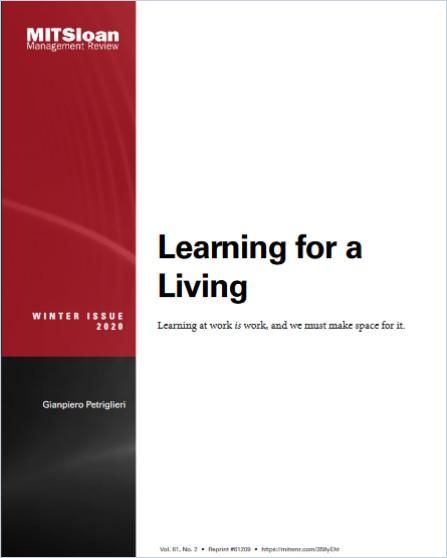
Often, patterns emerge that can be addressed in more extensive contexts. Did you identify a general lack of knowledge on using skills across all departmental boundaries? Or spotted colossal potential when it comes to increasing soft skills, which are always needed in some way? Here, broad training or learning initiatives, for example, through the provision of learning platforms and tools like getAbstract can help.

They pay off, especially when significant gaps have been identified in various topics, the closing of which contributes to a company’s resilience, and the tools offer ever-new, more detailed upskilling opportunities.
If the evaluation was about the team, department, or organization-wide insights, initiatives such as learning weeks, collaborative workshops, and team training on a larger scale are worthwhile. Scalable offerings such as Informal (Self-Directed) or Blended Learning, where getAbstract also plays an important role, will support you.
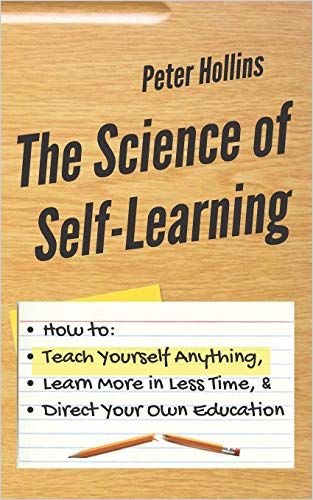
2. Individual Scorecards & Internal Talent Marketplaces
Suppose your goal was to identify individual employees’ strengths and untapped potential. In that case, you should now set up your database so that the feedback gathered can be compiled into individual and, at best, dynamic scorecards. Make sure here that you only focus on skills and their evaluation. Once you have the scorecards together, you can define upskilling steps with the employee and their supervisors or team heads and reevaluate afterward. Crucial and specific gaps should be filled through individually engaging training, mentoring, and educational offerings or initiatives. Be careful not to overload the agenda, consult with learners and leaders – and prioritize.
However, your overview also allows you not only to develop talent but also to deploy it elsewhere. If there is a shortage of communications expertise somewhere, it may be a good idea to temporarily deploy someone – or several – proven outstanding communicators from other departments there. But beware: You need the right, agile corporate culture to use this profitably for all sides. If you don’t have such a culture, the people involved tend to feel like this.
Don’t feel like managing this employee-shifting one by one all the time? The filed and continuously updated scorecards are also a cornerstone for using new technological opportunities: Many HR departments are looking to create or set up internal talent marketplaces these days to offer their employees a more motivating career path.
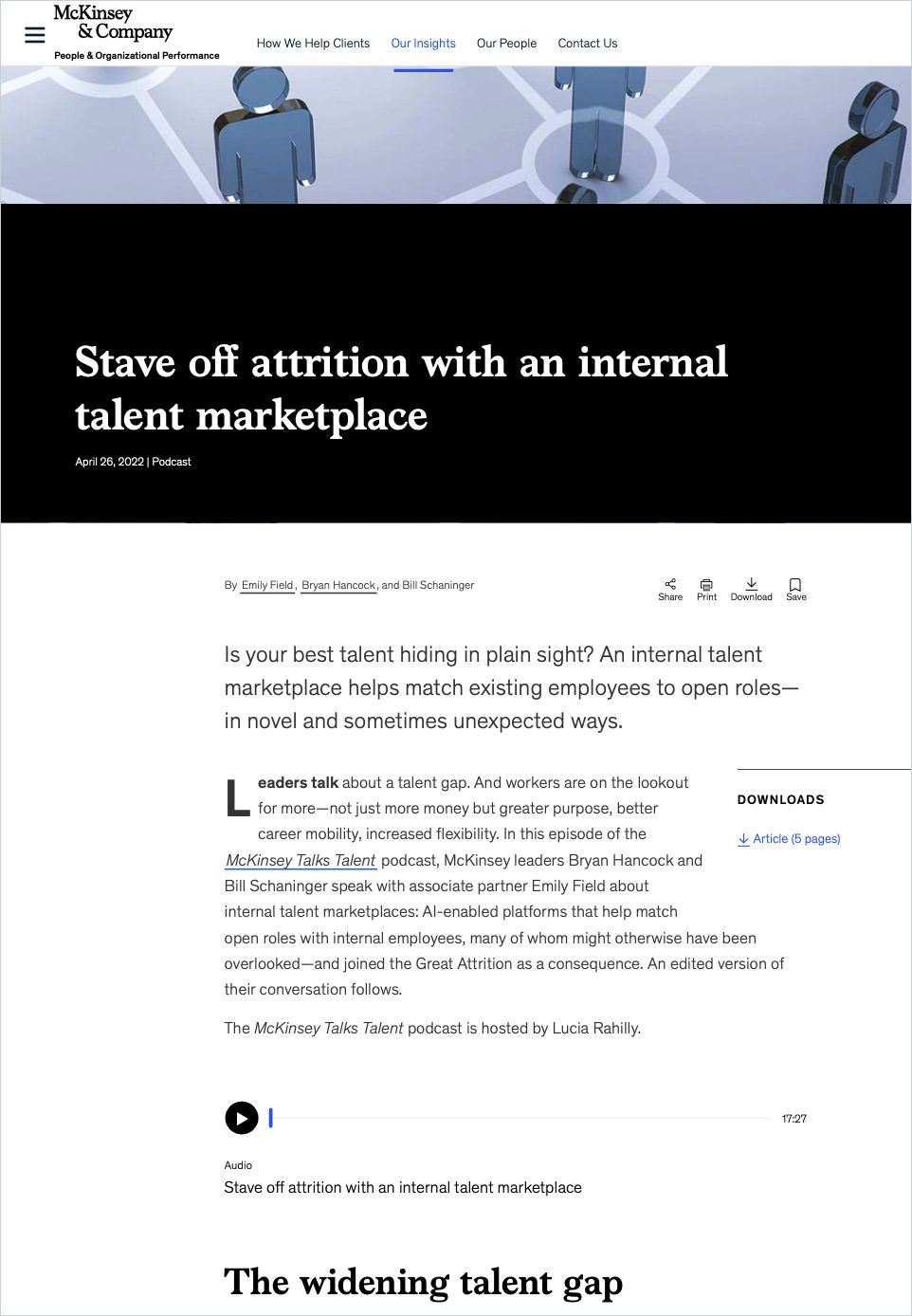
At the same time, they save on external recruiting costs, become talent magnets and talent fosters simultaneously, and increasingly close skills gaps before they need to worry about them. Learning industry veteran Josh Bersin is already convinced of such talent marketplaces:
I’ve interviewed more than 50 companies using these systems and it’s clear to me that this is one of the most successful innovations in HR.
Josh Bersin
Learn more about addressing Skills Gaps in the following getAbstract summaries:
And, of course, before you recruit someone new to your company, you should always look at how they fit into your already existing skill set and define the person’s proper placement. Learn more here:
